While retouching was once an acquired skill, these days editing your way to so-called perfection is as easy as a tap and a swipe. But with a new photo editing law in Norway and more and more influencers opting to go au naturel, has the retouching reckoning begun?
Scrolling through Instagram, past a sea of gorgeously lit selfies and meticulously staged fit pics, we no longer take pause to consider what is real because we know so much of it is not. While smoothing, erasing, nipping and tucking has long been the norm on billboards and the pages of magazines, lately it has infiltrated the feeds of influencers and casual social media users.
Spend too much time living in your phone and it’s easy to forget what a normal face – or body – is supposed to look like. Norway has a word for what all of this falsified perfection might be doing to our psyches: kroppspress, which translates quite literally as “body pressure”. Over the past several years, the public conversation surrounding body pressure in Norway – specifically the impossible physical standards set by the prevailing Instagram aesthetic – has grown louder. So loud, in fact, that it has culminated in the retouching law heard round the world.
The new regulation, which states that both advertisers and influencers must label their retouched images, was passed by the Norwegian Parliament after an overwhelming vote of 72 to 15. “My goal is that children and young people can grow up without experiencing a pressure to look a certain way to feel accepted,” says Kjell Ingolf Ropstad, Norway’s former Minister of Children and Families and the man who led the charge for this new legislation. “These edited pictures don̓'t show the reality of what people look like.” According to Ropstad, these idealised photographs lead to body image issues, which can ultimately “negatively impact the mental health of young people.”
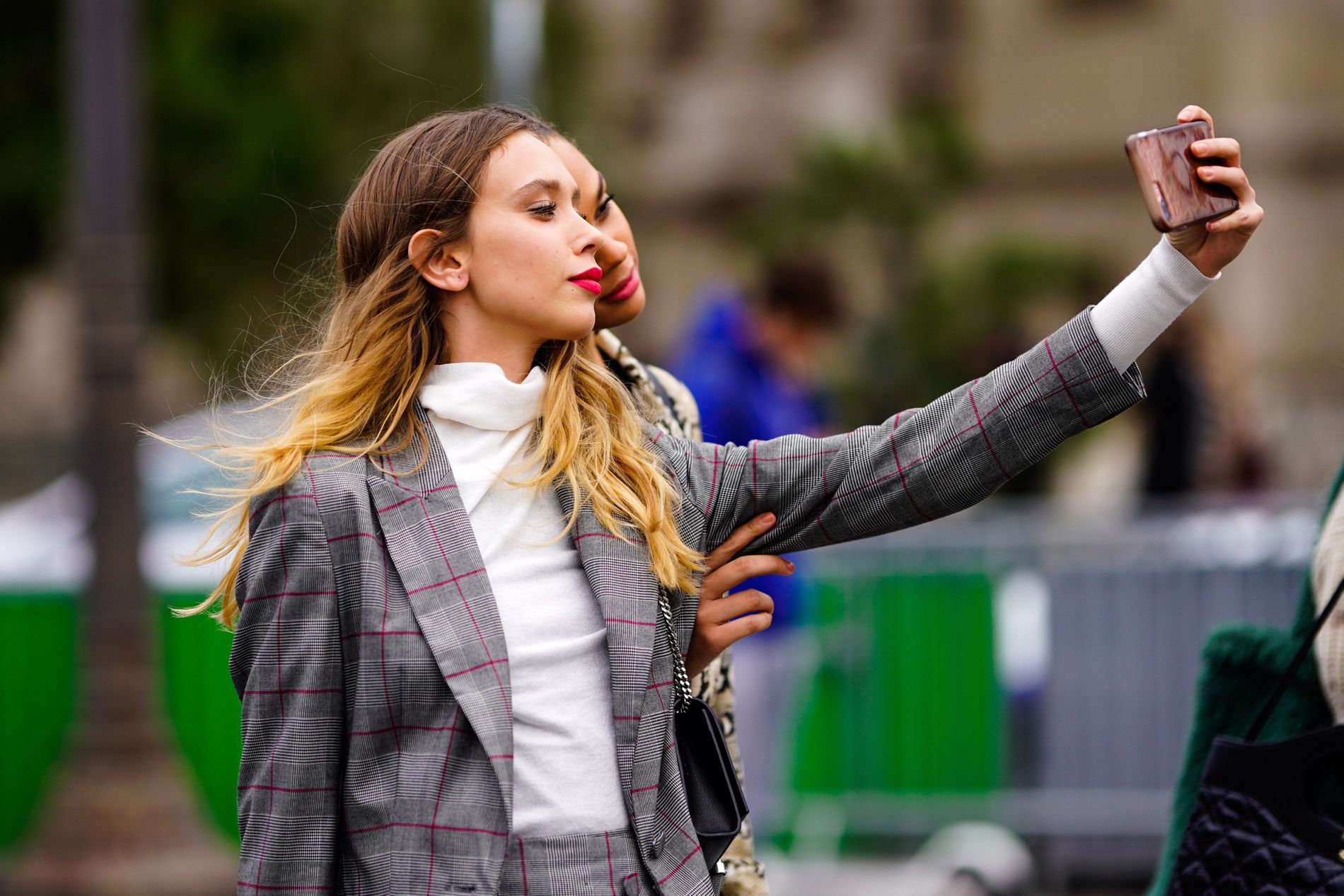
Photo: Getty
For nearly as long as there have been photographs, we have been correcting them. Just five years after the first replicable negative was invented in 1841 by Englishman William Henry Fox Talbot, his colleague, Calvert Richard Jones, used India ink to blot a rogue Catholic friar out of a group photo – he was standing a little too far from his cohorts.
The urge to manipulate our perceived reality towards perfection is almost primal. Now, with countless editing apps such as Facetune, the chance to fulfil this urge is available at our fingertips. “For the last three or four years, I’ve seen this very unhealthy thing on social media,” says Janka Polliani, a Norwegian influencer and journalist. “People who I know started to edit themselves in such a way that they didn’t look like themselves anymore.” Polliani, who boasts an Instagram following of 205,000, is video-calling me from a balcony in Crete. She looks every bit the part of a wildly successful social media maven on vacation, in a matching pink floral set from the brand PatBO. Her skin boasts a healthy tan that requires no filter.
Around the time that Polliani started noticing the influx of amateur retouching on Instagram, she also saw Ropstad gaining media attention for his proposed retouching law. With mixed feelings of scepticism and excitement, Polliani reached out to the former minister. Soon she was invited to a hearing, then another, and before she knew it she was three years-deep, advocating tirelessly and leveraging her platform to support this regulation. “Instagram should be a happy place, not this place where you feel miserable when you turn it on,” she says.
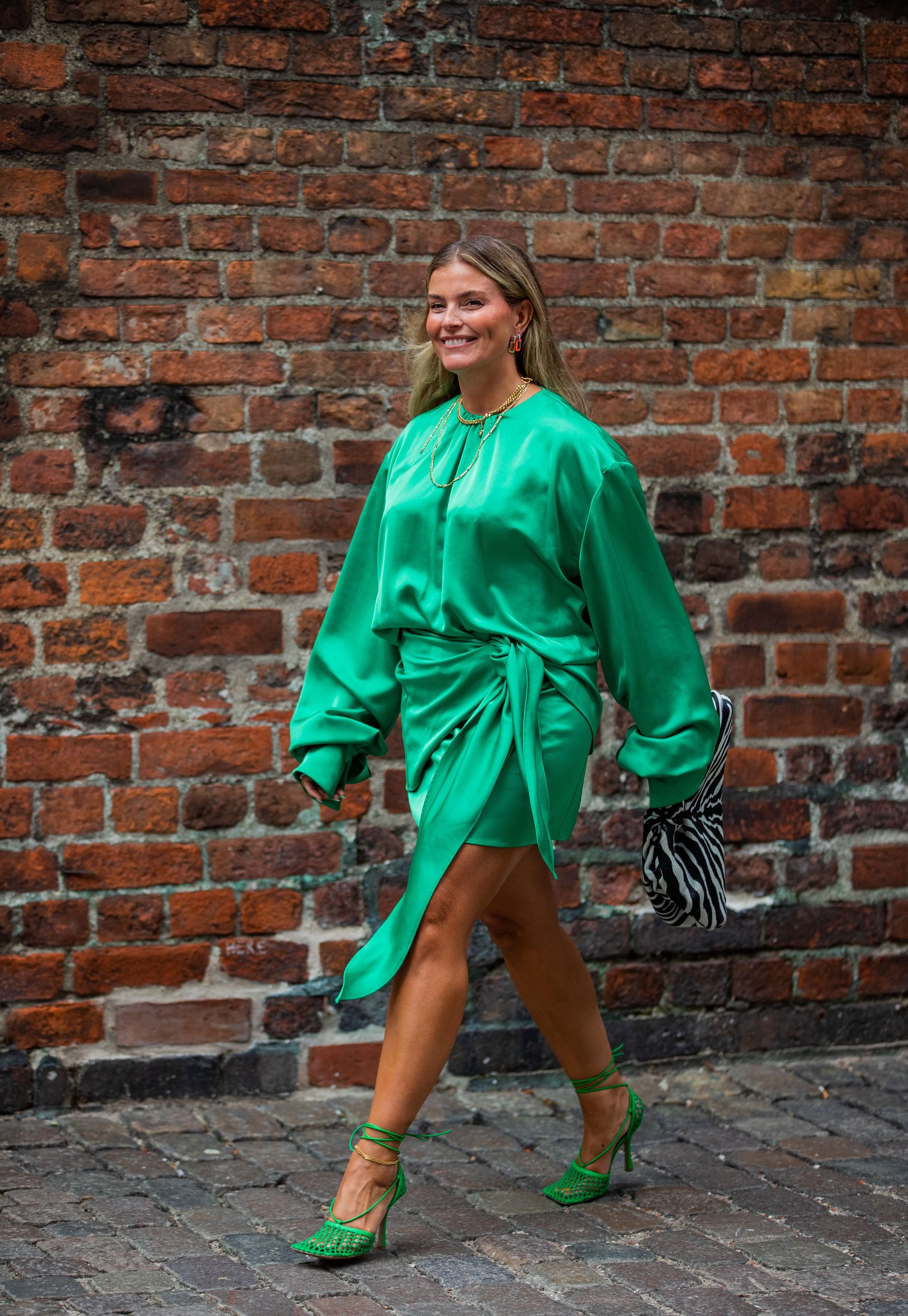
Janka Polliani is spearheading a new approach to filters and facetune on Instagram. Photo: Getty
There was a time when retouching a photograph was an acquired skill. For many years, between the physical painting of photo negatives and the effortless swipe of a filter, there was Photoshop. Introduced in its earliest form in 1990, Photoshop would singlehandedly change the retouching game as subsequent versions offered new features and faster processing. By the early noughties, it was rare to see a professional image of a model or actor that wasn’t unnaturally smoothed and polished.
Famed British photographer Rankin, who has been capturing fashion editorials, advertising campaigns and the world’s most famous faces for over 30 years, witnessed first-hand the evolution of retouching, specifically the Photoshop boom. “Looking back now, there are definitely shoots from the early 2000s where I think we were too heavy-handed,” he tells me over email. “But at the time, it was normal.” Still, Rankin was one of the first to mock photo editing, pointing out the retouching process in stylised editorials via handwritten notes like “reduce shine”, “remove hair from nostrils” and “clean and whiten white of eye”.
Though Rankin’s examination of retouching started as a cheeky joke, it soon evolved into something much bigger. Dove’s Campaign for Real Beauty, shot by Rankin in 2004, depicted retouch-free images of everyday women blown up on billboards worldwide. This idea of “celebrating reality” is apparent in Rankin’s work today. “Over the last few years I have really moved away from retouching in almost all of my work,” he says.
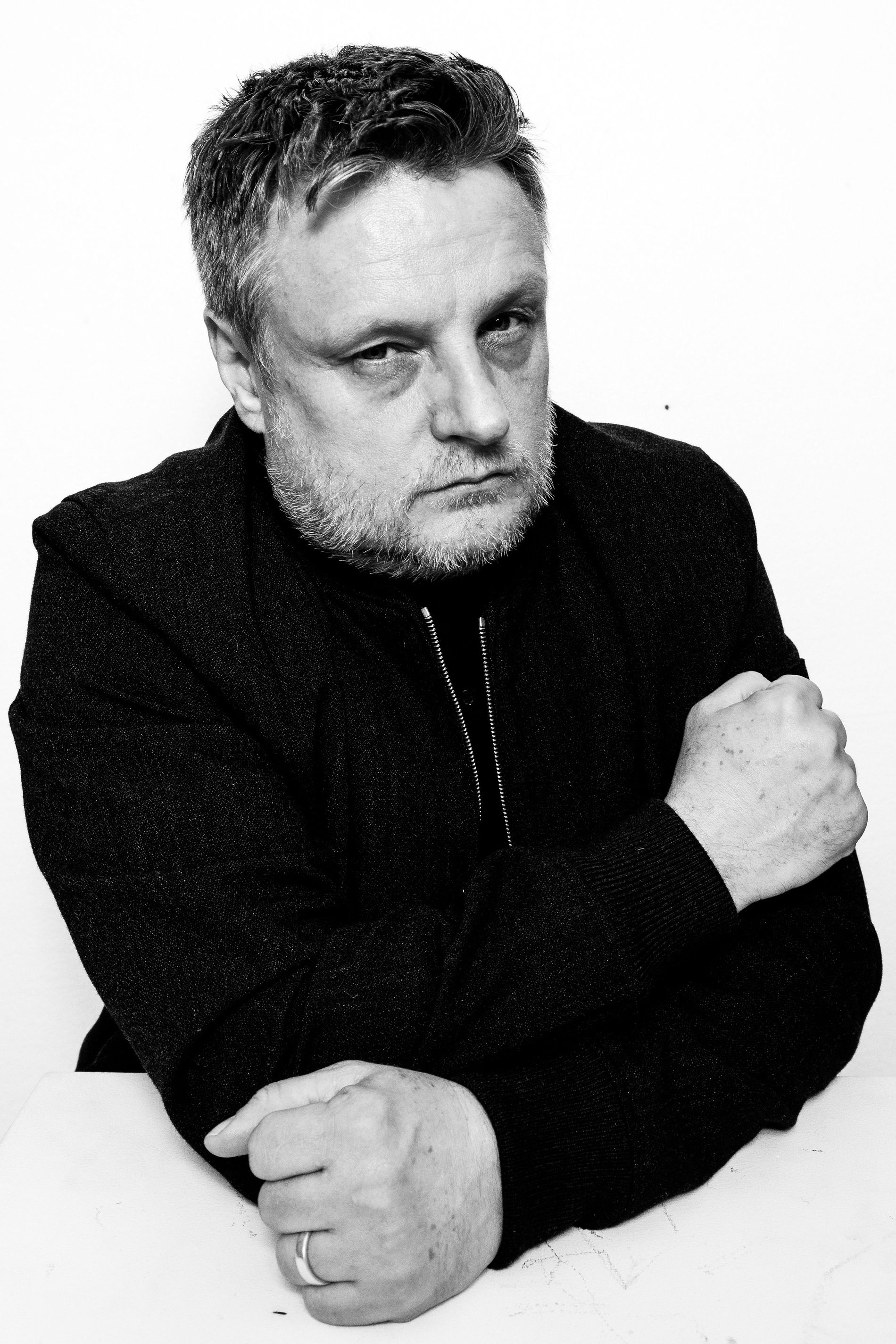
World renown photographer Rankin does not approve of the excessive photoshop which is prevalent among today's social media users.
Rankin is not alone in this sentiment – more and more photographers and retouchers are championing a subtler approach. “For me, retouching is about enhancing what’s there,” says Zoë Noble, a photographer based between London and Berlin who has shot for commercial clients like L'Oréal and Benefit as well as GQ and Vogue Arabia. A self-described control freak with a background in web design, Noble retouches her own images and even offers online classes in photo editing. “The key thing is maintaining the skin texture and the moles – anything that makes it feel like it’s a real person.”
Still, retouchers are of ten working at the behest of a client – be it a magazine or a brand – and those clients aren’t always on the same page when it comes to maintaining what’s natural. Monica Chamorro, a UK-based retoucher who has wielded her Photoshop prowess for most of the major fashion magazines – including countless A-list celebrity covers – has one or two horror stories. “I’ve actually turned down a few jobs where I was asked to make the model several sizes smaller, which I thought would be ridiculous,” she says.
Lately, however, these requests have been fewer and further between. “I find that more clients, agencies and brands request the images to look as natural as possible,” she says, adding that, with the right casting, extensive retouching isn’t necessary. “Most of the models used for cosmetics or makeup advertising have flawless skin anyway.”
Instagram should be a happy place, not this place where you feel miserable when you turn it on
Janka Polliani
For retouchers like Noble and Chamorro, who emphasise subtle enhancement over glossy perfection, filters just won’t cut it. Instead, they use techniques such as dodge and burn, which brightens and darkens certain areas, and clone stamping – cloning a part of an image and placing it over another part – to fine-tune images.
“Retouching is the same as makeup,” Noble says. “If I can use makeup to enhance how I look or remove my dark circles, I don’t see the difference when it comes to retouching. It’s how you use these tools.” According to Noble, just as there is such a thing as too much makeup, there is such a thing as too much retouch.
Some Instagram users might disagree, and for them, there are editing apps. The app synonymous with so-called perfection at the touch of a button is Facetune. Since it launched in 2013, it’s been used by more than 110 million people. According to its FAQs, Facetune “gives you full control over how you want to present yourself.” More specifically, you can, “effortlessly glam yourself up, contour your face, smooth out skin, correct bad lighting and enhance your gorgeous makeup”.
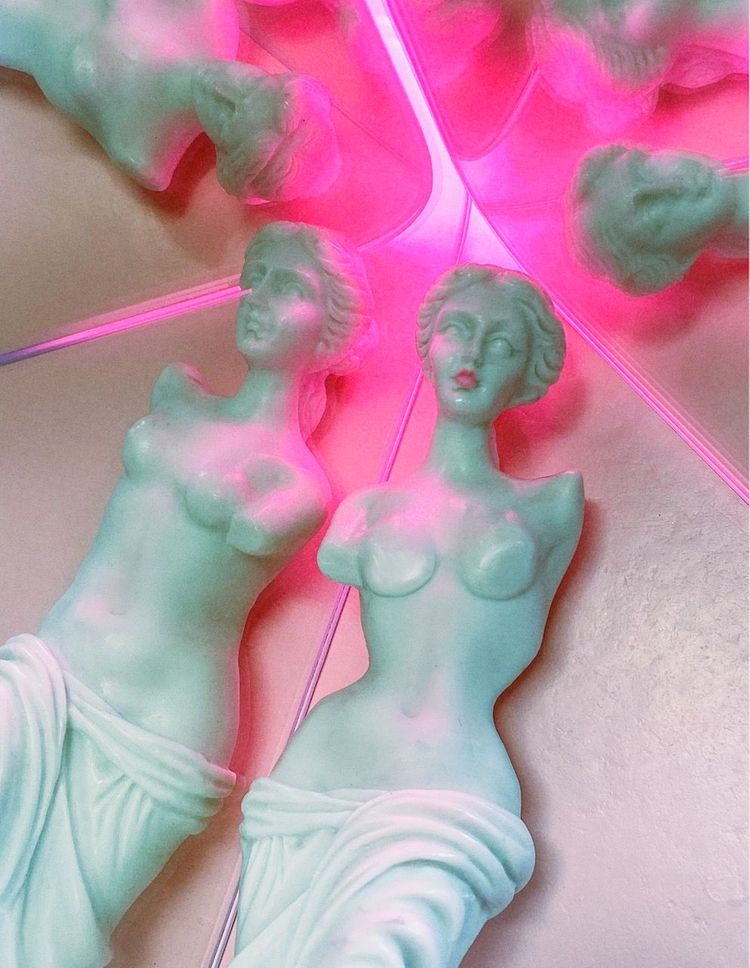
Polliani describes using Facetune and other editing apps as, “so easy my 10-year-old son could do it.” She lists off the common areas targeted for tuning: “cheekbones, dark circles, lips – all those typical plastic surgery things.” Once you’ve tuned – or filtered, for that matter – it’s hard to go back. “There are certain filters on Instagram you’ll put on and think, ‘Oh my God, I look really good,’” admits Polliani. “And then you turn it off and it’s like, ‘Oh my God, I look horrible.’”
Video used to be harder to game, but the recent introduction of Facetune Video has made it easier to retouch moving images. Recently, Rankin turned his scrutiny of retouching from Photoshop to user-friendly editing apps. “I was noticing that faces on social media were becoming homogeneous – eyes bigger, noses smaller – and it felt like no one on Instagram was quite real,” he says. This observation culminated in a series entitled
‘Selfie Harm’, in which the photographer captured portraits of teenagers, then invited them to use an editing app to make themselves “social media ready”. When the before and after images were displayed side-by-side, the results were horrifying. “These simple apps, like Facetune, made retouching yourself almost like a game,” he says. “Instead of learning how to use a complex programme, kids – and I mean young kids – could change their faces in an instant and store those changes for stills and moving image.They could ‘perfect’ themselves.” Rankin does not mince words when speaking on the repercussions of retouch-obsession. “Image editing is leading us to the cliff face of a mental health crisis,” he says. “We need to fix how it’s being abused before we lose generations of kids to the kind of body dysmorphia it can create.”
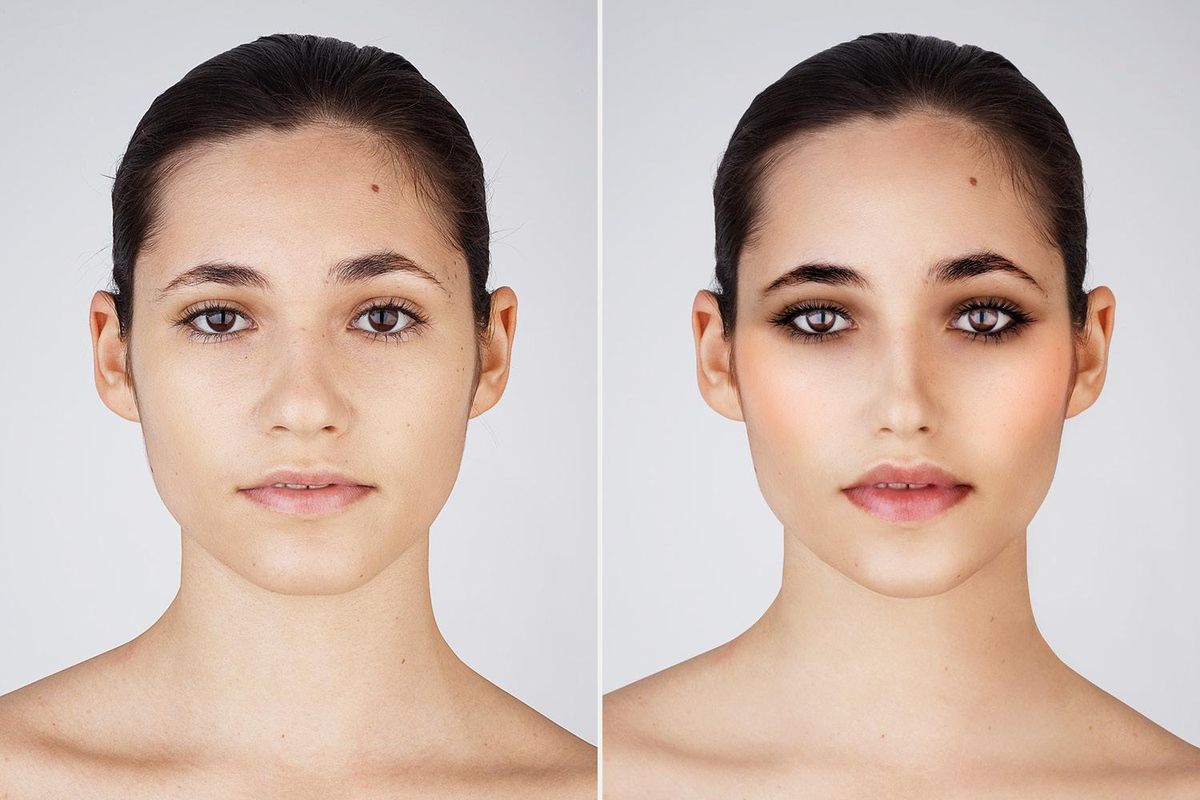
Selfie Harm, 2019. Photo: Rankin
Image editing is leading us to the cliff face of a mental health crisis
Rankin
Blogs and tabloids have long since revelled in calling out magazines on their Photoshop mishaps – a missing limb here, an obviously slimmed torso there. On occasion, the celebrity “victim” of a botched or overenthusiastic retouch will reprimand the publication themselves.
In 2015, Zendaya took to Instagram to post the original version of a retouched image from Modeliste magazine with the caption, “Had a new shoot come out today and was shocked when I found my 19-year-old hips and torso quite manipulated.” That same year, Kate Winslet, one of our most vocal celebrities when it comes to the perils of Photoshop, wrote a “no retouching” clause into her L'Oréal contract.
Just as retouching has found a new home on Instagram, so has its parallel call-out culture. In addition to commenters pointing out sloppy Facetunes – the most common tell is a curved wall or countertop near a slimmed waist – there are whole accounts dedicated to highlighting retouching mishaps. With over 1.5 million followers, @celebface regularly posts carousels of “Facetune fails”. Other posts feature side-by-sides of original photographs and their tuned-up counterparts. Often the most obvious discrepancy is a significantly slimmed-down waist, granting an influencer unnatural, Barbie-like proportions.
In addition to Rankin’s efforts, another of fashion’s most beloved photographers also led the charge. The late Peter Lindbergh continuously depicted his muses – Kate Moss, Eva Herzigova, Sophie Marceau – on the covers of magazines, including Vogue, without retouching. Brands from Fenty to Modcloth have pledged to go retouch-free to promote healthy beauty and body standards.
Meanwhile, Ropstad and Polliani are not done with their crusade to reduce the pressure for physical perfection felt by the youth of Norway. “This year, we have also proposed further restrictions on cosmetic surgery to be passed in Parliament,” Ropstad says. “Amongst these proposals is adding a minimum age limit of 18 years to undergo such surgery.” Polliani dreams of a time when Instagram and its corresponding editing apps might have a similarly restrictive age limit.
After my conversation with Polliani, I reach for my phone and download Facetune2 for the first time. After snapping a quick selfie, I get to work. Within moments, pores are smoothed, lips are plumped and the bridge of my nose – a problem area since I was a teenager – is slimmed. With a couple more clicks and swipes, I brighten my eyes to a dazzling blue and add a Kardashian-esque contour to my cheekbones. Polliani was right, it is easy.
Taking in what is supposedly an image of myself, I am engulfed by the uncanny valley. What looks back is a dead-eyed avatar with my likeness. After staring at the photo for a few more moments, I delete the app. Instagram should be a happy place, after all.